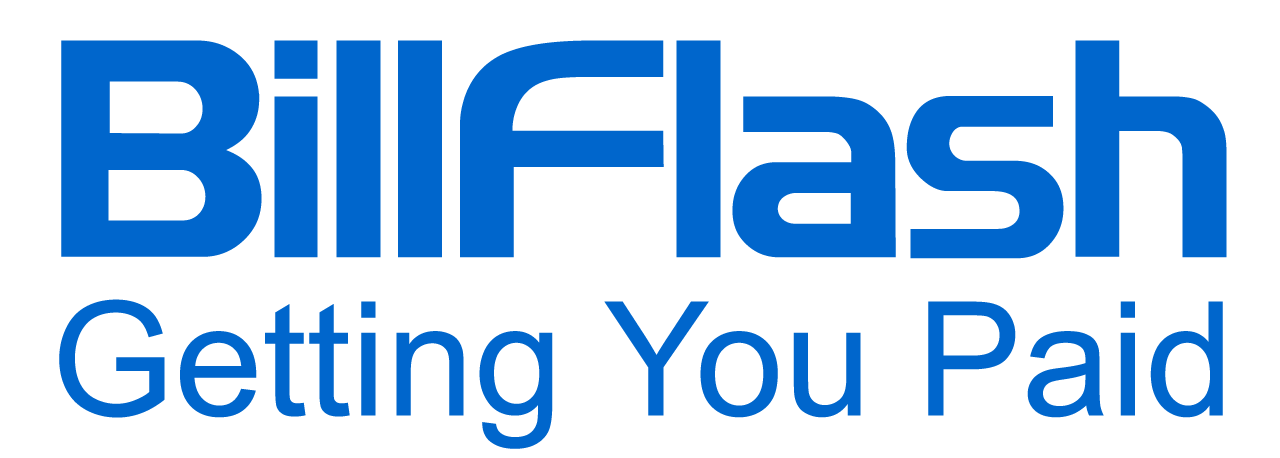Explore the best practices for leveraging patient payment options to enhance your practice's patient satisfaction, trust, and engagement.
Facing the burden of high-deductible health plans and escalating out-of-pocket costs, an increasing number of patients are delaying or choosing not to receive necessary medical care. In the past year alone, approximately one-quarter of all American adults skipped or postponed getting treatment due to cost. Unsurprisingly, the rates are even higher among the uninsured—over 60% reported facing similar difficulties. This article explores best practices for leveraging patient payment options to enhance patient satisfaction, trust, and engagement.
First, we will discuss common patient payment preferences and concerns to inform effective financial strategies. Next, we will discuss the value of offering customizable patient payment options and convenient online payment channels.
In addition, transparent communication regarding healthcare costs and financial assistance programs demonstrates a commitment to supportive, compassionate care. Finally, technology solutions enable seamless payment experiences that reinforce patient loyalty. As patient payments form an increasing proportion of provider revenue, patient-centric financial strategies are instrumental in fostering positive clinical relationships amid industry change.
Healthcare organizations that accommodate patients' diverse circumstances will reduce financial barriers to care access and retention.
Understanding Patient Payment Preferences
Today's multigenerational patient population represents a range of financial situations and preferences. Providers must segment demographics – like self-pay patients, Medicare enrollees, working professionals with private insurance, and more – to tailor supportive solutions. For example, young patients may prefer affordable monthly installments over lump sums. Older patients on fixed incomes may need access to financial assistance and forgiving payment timelines.
Many patients experience anxieties and challenges related to healthcare bills at some point. Confusing medical bills that don't reflect insurance coverage or breakdown charges transparently often overwhelm patients. Going even further, the repetitive nature of treatment for chronic conditions causes patients to repeatedly face copays and bills. Healthcare organizations that implement financial literacy programs and counseling help patients navigate healthcare financing intricacies.
Accommodating this diversity of payment preferences mitigates patient stress. Customized patient payment options demonstrate that the organization deeply understands patient needs. Structuring plans around what works best for each patient – and not rigid timelines – makes patients feel heard, respected, and cared for.

Offering Flexible Payment Plans
Flexible payment plans allow patients to spread healthcare costs over months without accruing interest charges. Patients may divide bills into smaller regular payments or pay incrementally when funds become available post-service. Common patient payment options include interest-free financing, 90-120 day extended payment plans, and flexible spending account (FSA) integrations enabling pre-tax savings for medical expenses.
Recurring Payment Plans
Recurring payment plans involve patients committing to make fixed, regular payments of a set amount toward their outstanding medical expenses until the total balance reaches $0. This gives patients a predictable way to budget for and pay their bills over an extended period. It also ensures healthcare providers receive steady, consistent income streams for delivered services. Recurring plans provide stability and financial visibility for both parties.
Installment Payment Plans
Installment payment plans permit patients to pay for medical services received in smaller, periodic partial payments instead of one large lump sum payment due all at once. By dividing total costs into manageable installments, patients gain an affordable mechanism to settle their financial responsibility. This allows healthcare providers to receive payments gradually over time in exchange for services delivered presently. These patient payment options balance obligations on both sides.
The greatest benefit of flexible plans is reducing patients' financial burden. Optionality empowers patients to shape reasonable payment schedules that avoid default or past-due scenarios. Patients then can dedicate mental bandwidth to healing, and not stressing about medical bills. Positive payment experiences build patient trust in the healthcare organization and clinical relationships. Satisfied, loyal patients can ultimately serve as brand ambassadors.

Implementing Convenient Payment Methods
In this digital era, patients expect convenient digital payment functionalities. Options like online patient portals, virtual assistants, automated phone systems, mobile apps, and text or email reminders make payments frictionless. Features like one-click repeat payments eliminate manual work for patients managing chronic conditions or payment plans.
Convenience builds patient satisfaction and engagement. When payments are easy, patients remain up-to-date on financial obligations and are less likely to accrue debt. Delinquencies and collections correspondence damage patient trust and loyalty. Therefore, convenient patient payment options that facilitate compliance strengthen patient-provider relationships.
Another important touchpoint is clear printed or digital statements. Many patients prefer the reliability of mailed paper bills while others may prefer digital communications that are instantly actionable—or, a combination of both mail and digital billing. Providing multiple options – paper and electronic – enables patients to pay bills easily upon receipt. Also, email and text reminders increase the number of on-time payments that practices receive.
Communicating Transparently About Costs
Being candid about what medical care may cost out-of-pocket helps manage expectations and avoids potential frustrations or disputes down the road. Healthcare providers can foster transparency by clearly listing in simple terms the fees for services, what insurance will cover versus what is the patient's responsibility, and available discount programs.
Upfront cost discussions paired with itemized billing also relieve financial stress and empower patients to make well-informed healthcare decisions. They appreciate straightforward statements breaking down expenses into easy-to-understand categories. This open exchange of financial information builds trusting relationships.

Educating Patients About Financial Assistance Options
While medical expenses place a heavy burden on many, assistance programs exist to help those in need. However, patients often need to learn what financial assistance may be available or how to qualify. Providers can guide the process proactively. By making patients aware of charity care, payment plan extensions, and subsidy applications, healthcare organizations demonstrate a true commitment to each community served. They facilitate access to important resources that can take some financial weight off the shoulders of those who are struggling the most. This type of supportive, solution-driven approach fosters loyalty and community partnership that patients hope to find when they are in need.
Leveraging Technology for Seamless Transactions
Integrating secure digital payment processing into online platforms streamlines the transaction experience for patients and the back office. Automating billing reminders, payment submissions, and receipts reduces manual tasks so staff can focus more on direct patient care. Data analytics from the payment system also provide insights to optimize processes, share financial counseling opportunities, and tailor communications based on individual needs and preferences. A seamless tech-driven payment infrastructure improves operational efficiency while elevating whole-person care.
Choosing a Payment Processing Solution for Your Practice
Offering flexible and convenient payment options is key to building positive relationships between healthcare providers and patients. When patients feel they have payment plans that work for their financial situations, they are more likely to pay their medical bills on time, follow through with needed care, and have an overall positive view of the healthcare system.
Patient-centric payment strategies that provide extensive options tailored to individual financial needs and constraints play a critical role in boosting patient satisfaction. By working with patients to understand their financial situations and ability to pay, practices can craft customized payment arrangements that make patients feel financially supported throughout their care journey.
BillFlash Pay specializes in the ever-evolving payment needs of patients and healthcare practices. We encourage you to explore our patient payment options which have been designed to facilitate seamless transactions, enhance experiences, and facilitate lasting, positive patient-provider relationships. Schedule a demo today!

